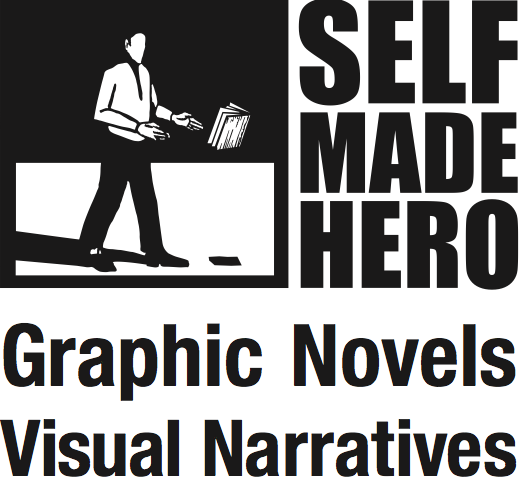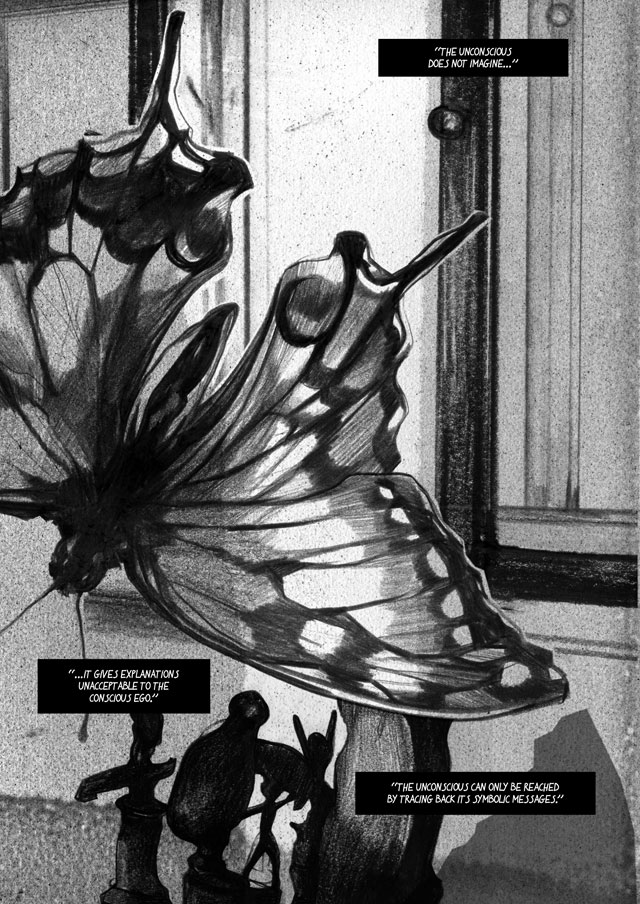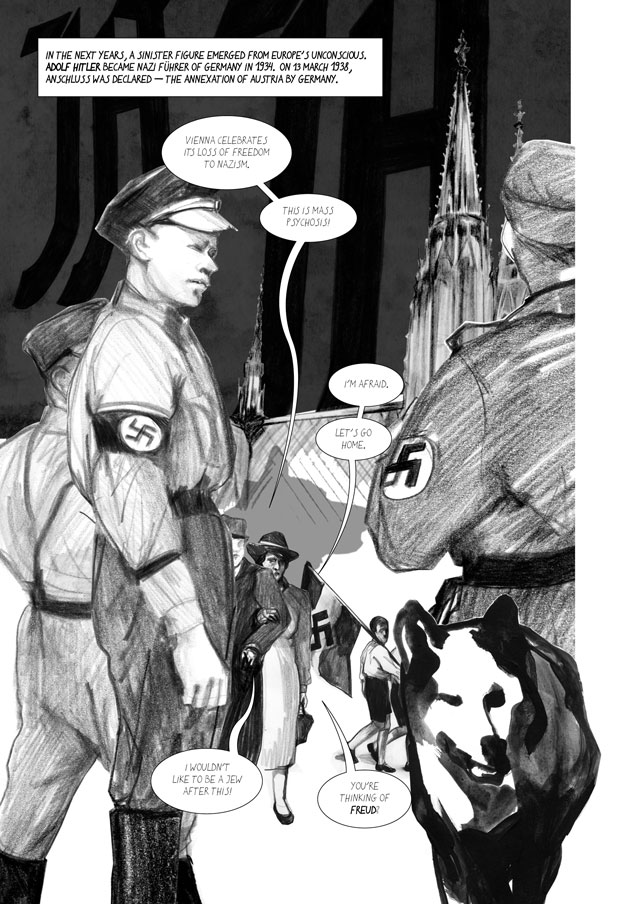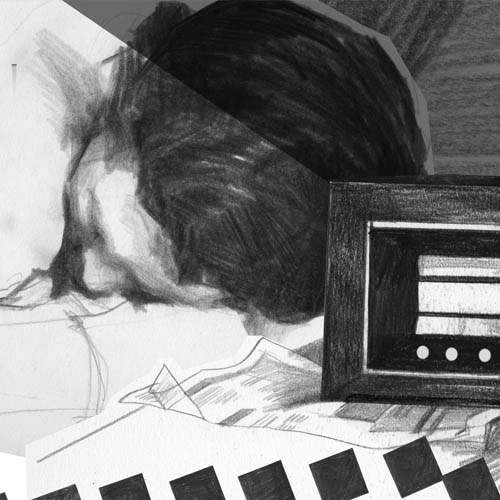Graphic Freud: The Wolf Man
Words by Richard Appignanesi
Art by Sława Harasymowicz
Paperback with flaps, 176 pp, £14.99
Vienna 1910. Russian aristocrat Sergei Pankejeff asks for Sigmund Freud's help. During analysis, Freud focuses on Pankejeff's dream of a walnut tree full of white wolves. His interpretation of this dream would earn Pankejeff the enduring sobriquet 'the Wolf Man'. Richard Appignanesi and Słava Harasymowicz follow Pankejeff's life as Freud and other analysts attempt to unravel the source of his crippling neurosis.
| Look inside | Watch the trailer
Sława Harasymowicz
Sława Harasymowicz is an artist whose projects range from exhibitions to site-responsive interventions, print-based and published work. She is interested in the possibilities of narrative, issues around communication and the theme of identity. A graduate of the Royal College of Art, London (2006), Harasymowicz is a double winner of the V&A Illustration Awards (2010), as well as a recipient of the Arts Foundation Fellowship (2008) and artistic scholarship from the Polish Ministry of Culture and National Heritage (2016). She recently collaborated with Turner Contemporary Margate as part of a major project responding to T.S. Eliot's The Waste Land (2018).
Richard Appignanesi
Richard Appignanesi is a PhD graduate in classical art history. He was a founder and co-director of the Writers & Readers Publishing Cooperative, and later of Icon Books Ltd, where he served as originating editor of the internationally acclaimed illustrated Beginners and Introducing series, to which he contributed his own bestselling titles, Freud, Postmodernism, Existentialism and others. A former executive editor of the art journal Third Text, reviews editor of Futures and exhibition curator, Richard is the author of the fiction trilogy Italia Perversa, the novel Yukio Mishima’s Report to the Emperor and the Granta title What do Existentialists Believe? For SelfMadeHero, he adapted the texts for the Manga Shakespeare series, as well as The Wolf Man and Hysteria in the Graphic Freud series.
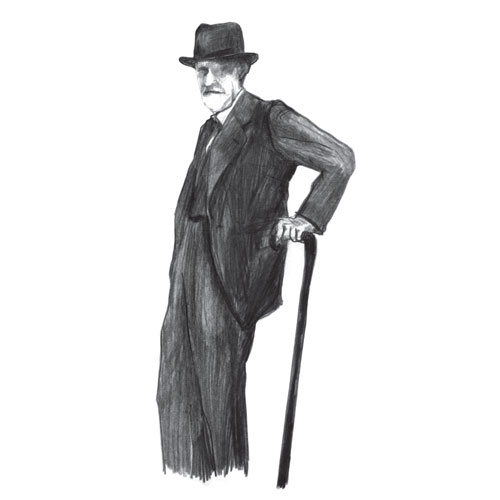
Reviews
"A dark, inky adaptation of Freud's most famous case study."
— The Times

